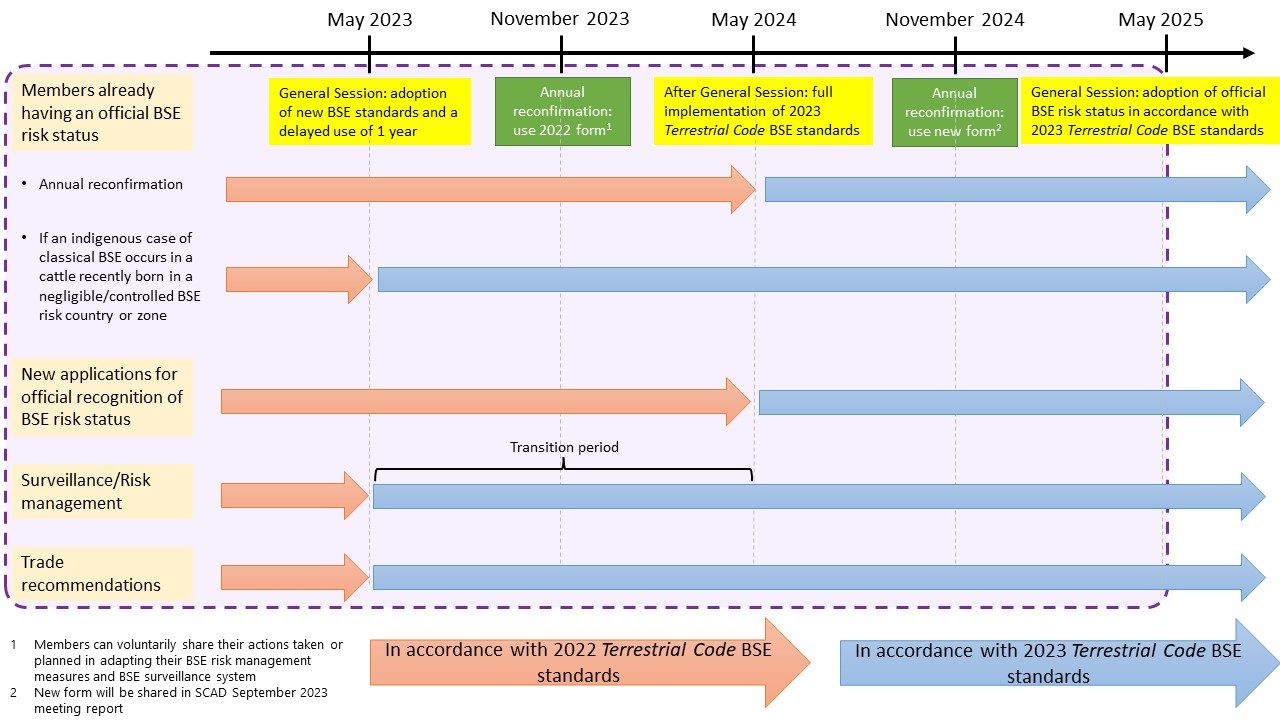Reference




OpenAI's Answer
Preventing the spread of prion infections, particularly Bovine Spongiform Encephalopathy (BSE) or "mad cow disease," in ruminant feed involves several critical safety measures:
-
Feed Bans: The most significant measure is the prohibition of feeding ruminant-derived protein to other ruminants. This ban is crucial as BSE is primarily transmitted through contaminated feed (sources: CFSPH, FDA).
-
Specifying Risk Materials (SRM) Removal: Banning the inclusion of specified risk materials (such as the brain and spinal cord) from animals older than 30 months in the animal feed to prevent potential contamination (source: CDC).
-
Cross-Contamination Prevention: Implementing strict protocols during the slaughter and processing of carcasses to avoid cross-contamination between infected and non-infected tissues (source: inspection.canada.ca).
-
Monitoring and Enforcement: Regulatory agencies, like the FDA, actively monitor and enforce these bans through regular inspections and testing to ensure compliance and effectiveness (source: GAO).
-
Surveillance and Testing: Continuous surveillance and testing of bovine populations for BSE are essential to quickly identify and manage any outbreaks, thereby preventing infected tissues from entering the feed chain (source: WOAH).
-
Public Awareness and Education: Informing feed manufacturers, farmers, and the general public about the risks of prions and the importance of these safety measures helps ensure widespread adherence to established guidelines.
Relevant Images
These measures collectively help mitigate the risk of prion diseases spreading through ruminant feed, safeguarding both animal and human health.
Follow Up
Related
What are the characteristics and feeding habits of sunbirds and spiderhunters?
What are the primary feeding habits of the insects in Lygaeoidea?
How many solar projects with a total capacity of 1,000 MW were eligible for the feed-in-tariff schem
What are the main tributaries that feed into Bowman Creek?
